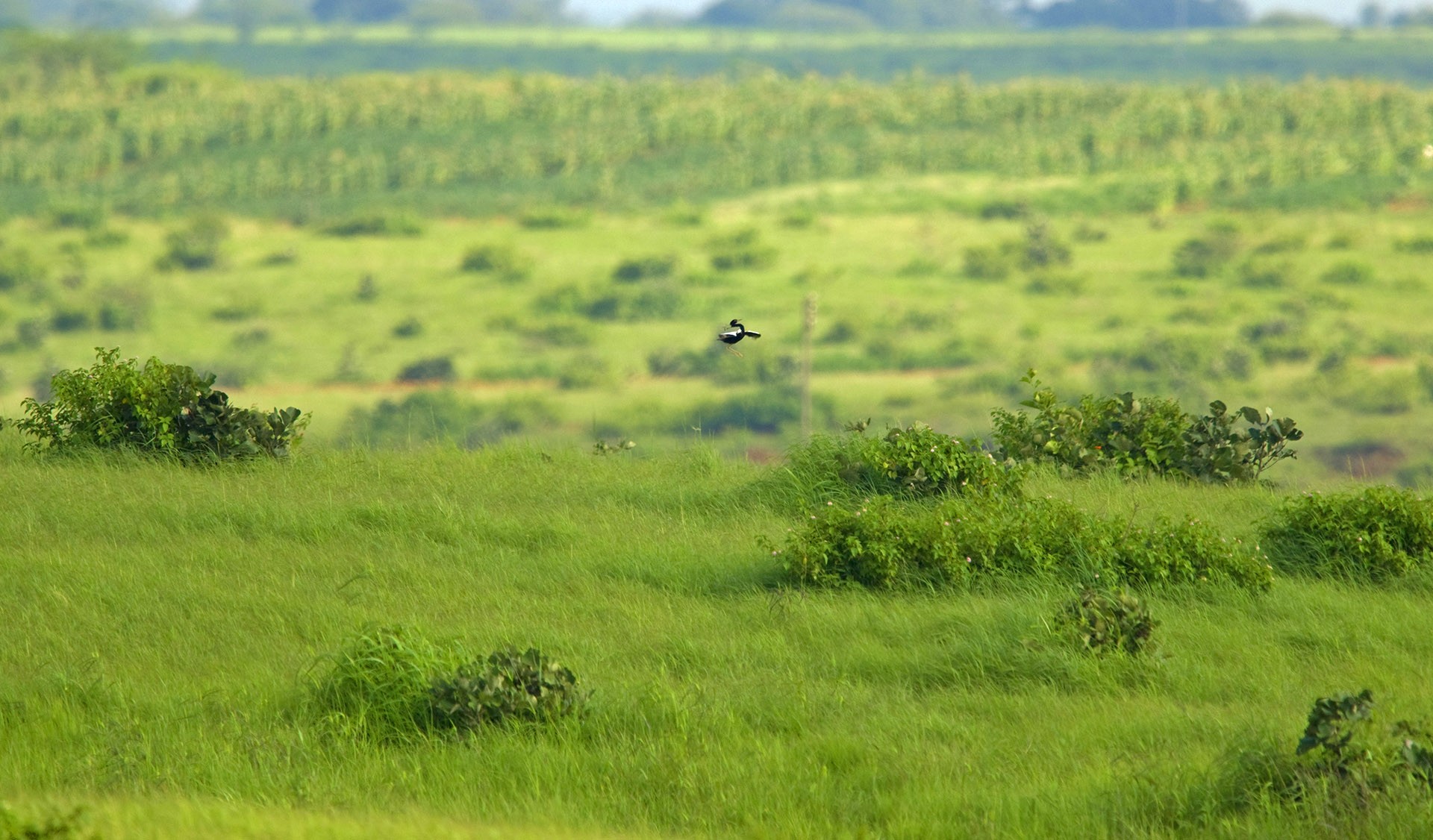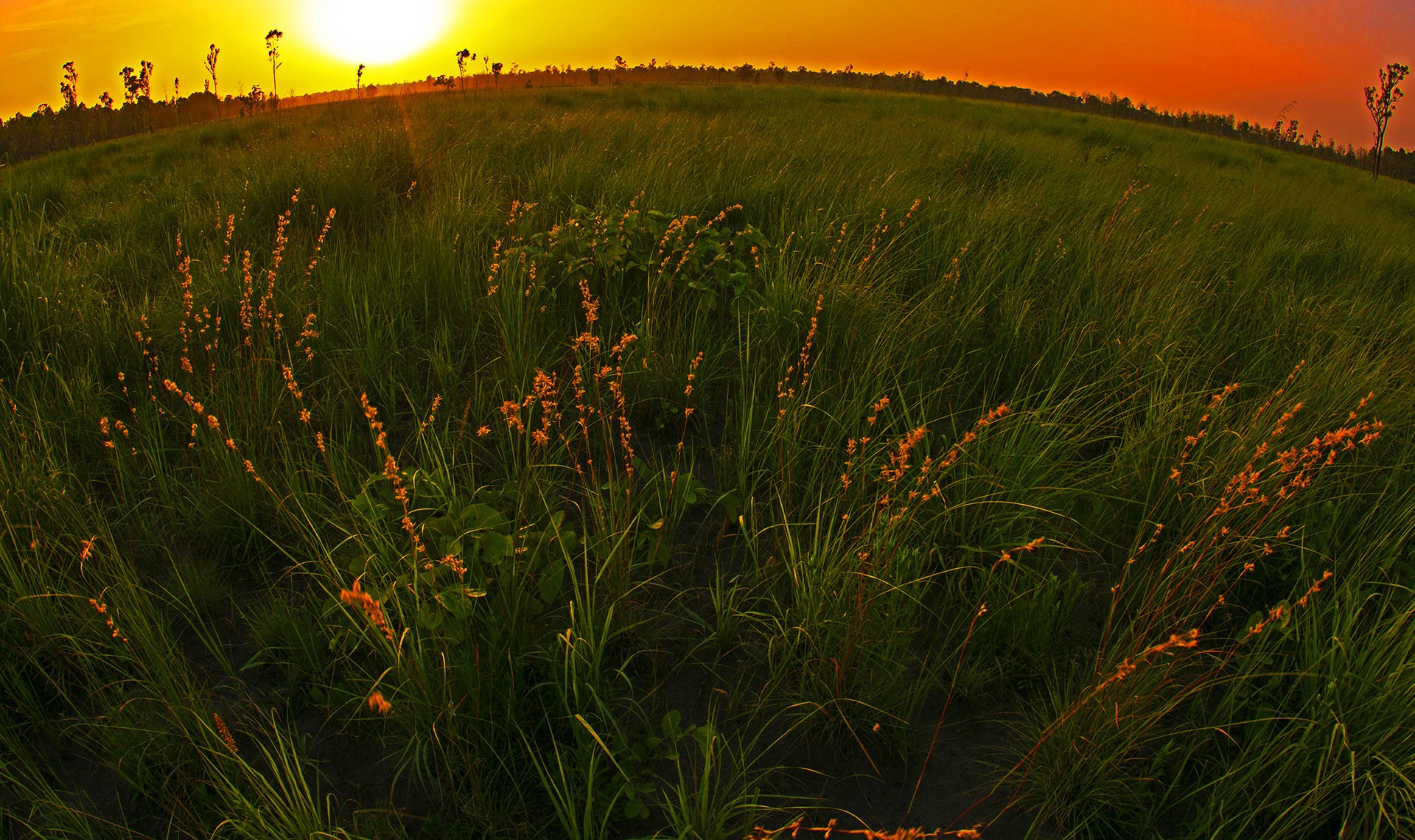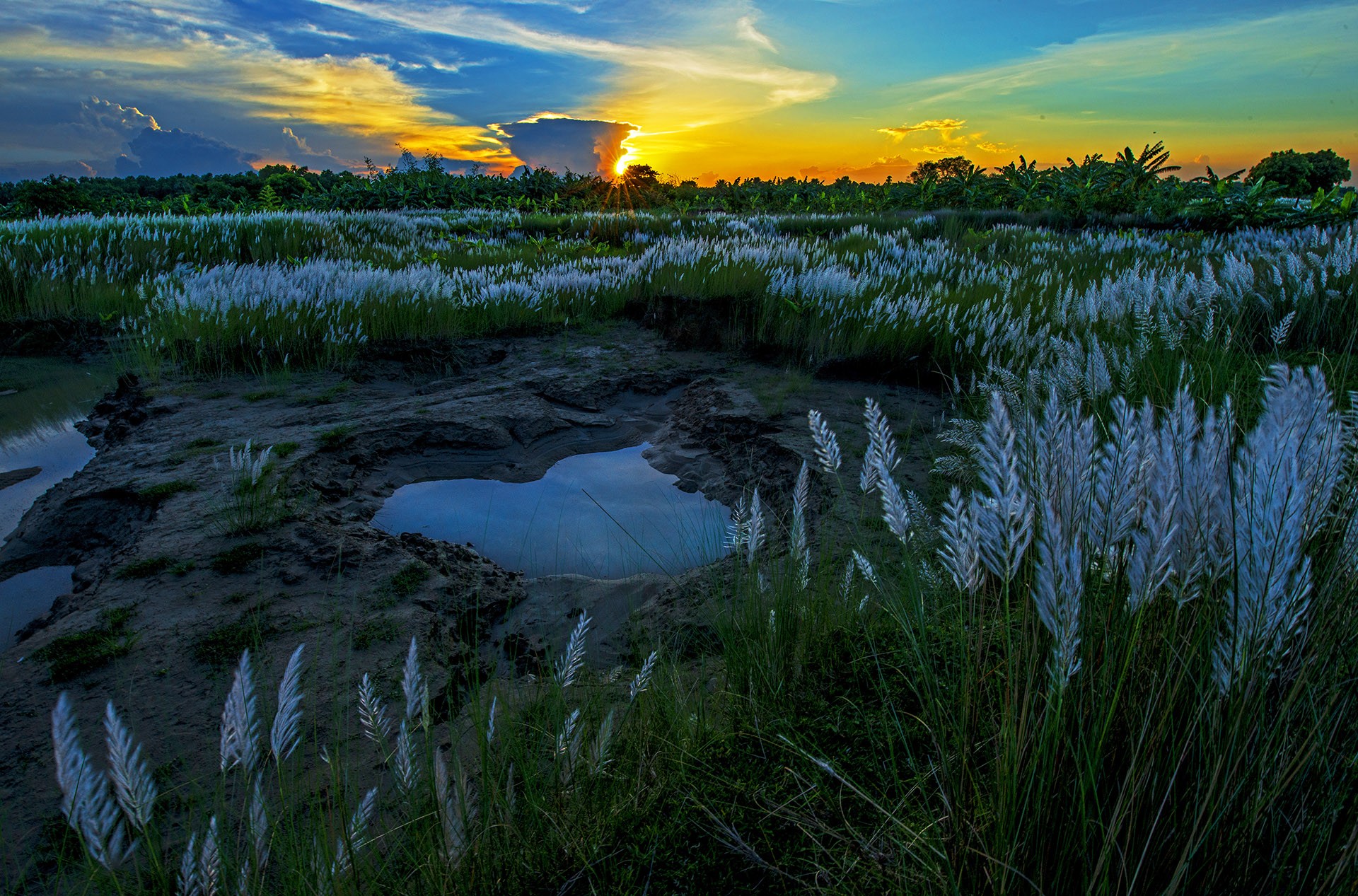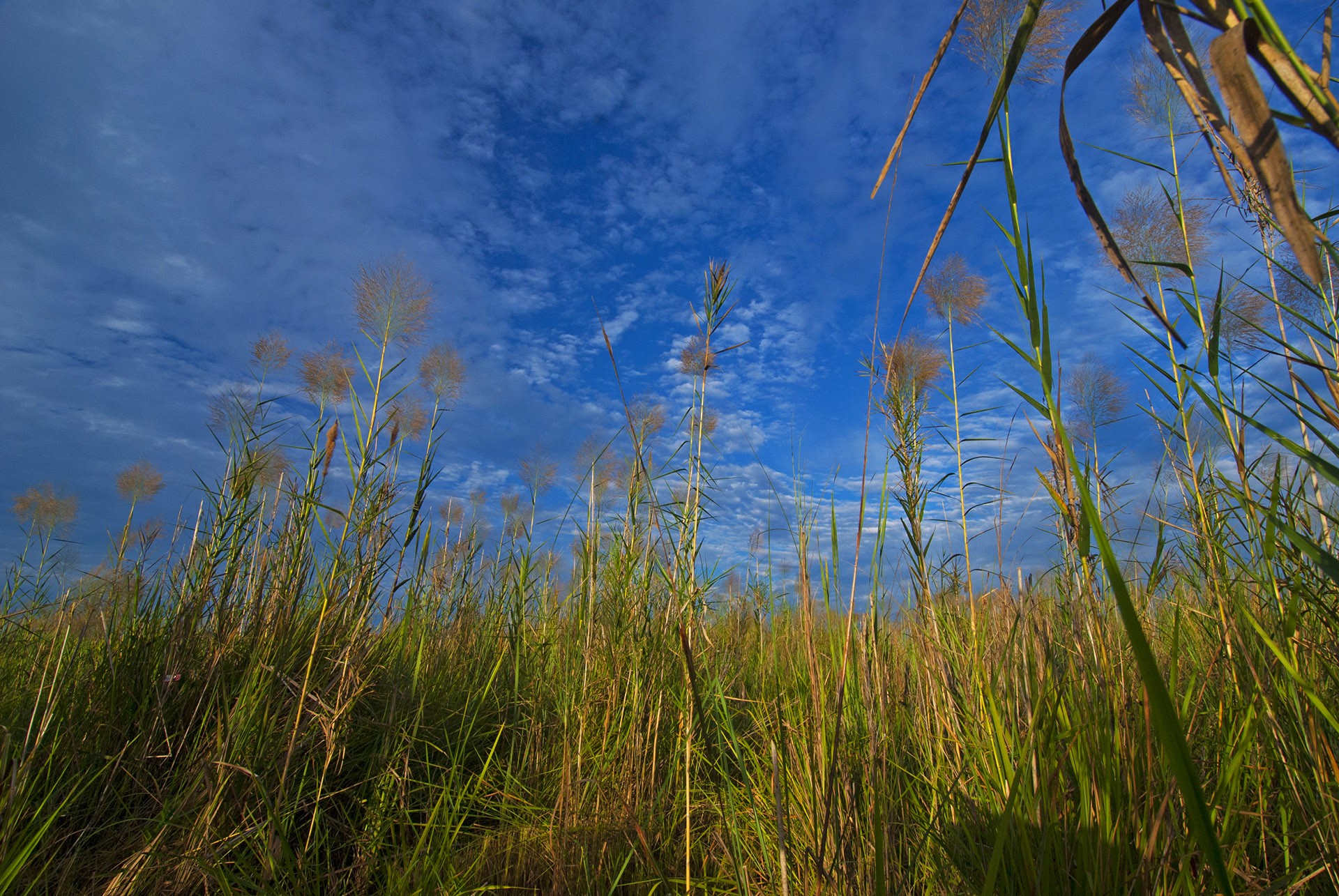The Lesser Florican had me mesmerised at first sight. I still remember its remarkable beauty when I saw it in the grasslands of Sardarpur Kharmour Bird Sanctuary. I saw the Great Indian Bustard and the Bengal Florican much later. What amazing birds these are!
But the very thought of these birds is upsetting today, as their future seems extremely bleak. The chances of their survival are dire. In fact, many grassland species across all life forms are – to use the popular phrase – in hot water. One of the major reasons for this is the tremendous threat to their habitat. Grasslands, scrublands aren't considered important ecosystems, except by a few experts and informed people. On the contrary, they are considered wastelands.
Burdened with the pressures of human development, the vast number of life forms these grasslands support is often overlooked, especially in areas of scanty rainfall or in heavily dynamic ecosystems like the Brahmaputra basin, where these spaces are the only option available. This report by ATREE says, "When grasslands are dubbed 'wasteland', they tend to get put to more 'productive' use through the agency of stakeholders in development and urbanisation." This spells doom for many parts that receive scarce rainfall, causing devastating effects on lives, both human and wild.
According to this article in Mint, ignoring the ecology of the semi-arid Deccan plateau has led to the current environmental catastrophe in Marathwada and adjoining areas, for both humans and wildlife. The piece reveals that the way authorities approach grasslands — whether they protect them or turn them over to water-intensive cash crops — is crucial to their role in water conservation.
Today, on this World Forest Day, I hope to remind you (and myself) through these photos, that grasslands need some thought and attention from us so that the species that inhabit them can survive and thrive.





